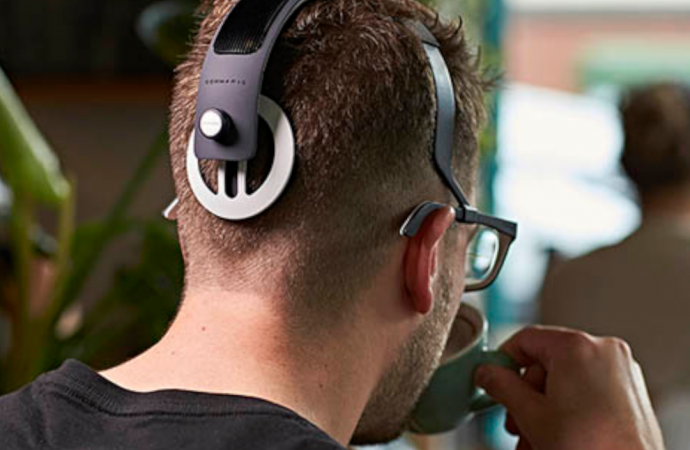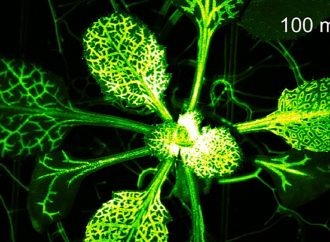This new vision system, called Gennaris, bypasses damage to the optic nerves
Source: Independent.com
A team of researchers have built a bionic eye that they say can restore vision through a brain implant.
It can give the user additional capabilities to navigate indoor and outdoor environments more easily, as well as providing information about the presence of people and objects, the scientists from Monash University in Australia claim.
Most blindness occurs because of damage to the optic nerves, which connect the retina to the brain.
This new vision system, called Gennaris, bypasses such damage and scentists say this makes it possible to treat conditions for blind people.
The Gennaris system is made up of custom headgear which includes a camera, wireless transmitter, and a vision processer unit – as well as software which allows the components to interact with each other.
It also requires a series of nine millimetre square tiles, which can be implanted into the brain.
The video camera views content, which is sent to the vision processor to be processed and extracted.
The data is then transmitted wirelessly to each tile, which converts the data into electrical pulses, thereby stimulating the brain via microelectrodes.
“Cortical vision prostheses aim to restore visual perception to those who have lost vision by delivering electrical stimulation to the visual cortex – the region of the brain that receives, integrates and processes visual information,” Professor Arthur Lowery, from the Monash Biomedicine Discovery Institute said in a statement.
“Our design creates a visual pattern from combinations of up to 172 spots of light (phosphenes) which provides information for the individual to navigate indoor and outdoor environments, and recognise the presence of people and objects around them.”
The system is a result of a collaboration between Monash University, Alfred Health, MiniFAB and Grey Innovation.
“If successful, the MVG team will look to create a new commercial enterprise focused on providing vision to people with untreatable blindness and movement to the arms of people paralysed by quadriplegia, transforming their health care,” Monash University’s Dr Philip Lewis said.
The hardware had originally been tested on sheep, with findings published in the Journal of Neural Engineering in July.
Ten arrays had been implanted into the animals, with over 2,700 hours of stimulation running through the headgear without any observable damages to their health.
All of the studies complied with Australia’s code of practise regarding caring for animals for scientific purpioses, and were approved by the university’s animal ethics committee.
“The study results indicate that long-term stimulation through wireless arrays can be achieved without induction of widespread tissue damage, nor visible behavioural issues or seizures resulting from the stimulation,” lead author of the study, Professor Rosenfeld, said.
Source: Independent.com

































Leave a Comment
You must be logged in to post a comment.